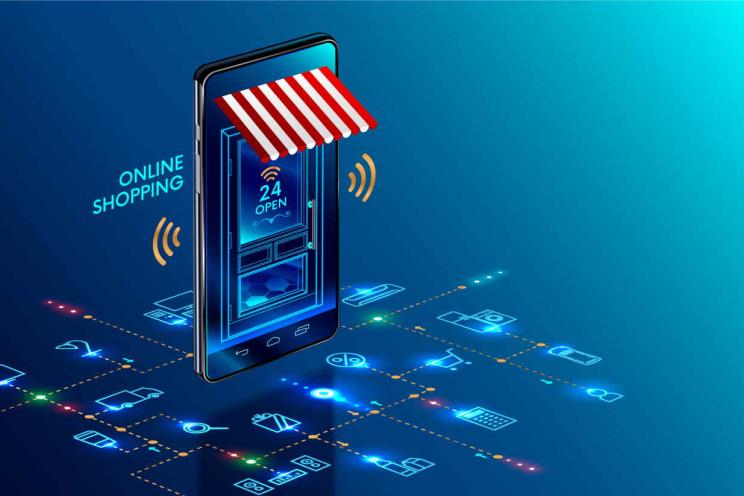
Optimizing Inventory Management with POS Software: A guide for clothing stores
Fashion retail is a dynamic sector involving different sales channels; hence, inventory management can make or break a business. With trends constantly changing and customer expectations higher than ever, clothing stores must maintain the right stock balance—neither too much nor too little.
One of the biggest threats to profitability is the shift in consumer preferences leading to unsold inventory and losses.
This is where Point of Sale (POS) software can become a game-changer. By streamlining inventory tracking, reducing stockouts, and improving overall supply chain efficiency, POS systems empower clothing stores to stay ahead of the competition.
The Challenges of Inventory Management in Clothing Stores
Clothing stores face unique challenges when it comes to inventory management. The need to keep up with seasonal trends, varying sizes, and ever-changing customer preferences means that inventory management is more complex than in many other retail sectors.
Stocking too much of a slow-moving item can lead to markdowns and loss of profits while running out of a popular item can result in lost sales and disappointed customers.
How POS Software Streamlines Inventory Tracking
Managing Inventory
A robust POS system drastically alters how clothing stores manage their inventory. Here’s how:
1. Real-Time Inventory Visibility: POS systems provide real-time updates on stock levels across all locations, whether you have a single store or multiple outlets. This visibility ensures that you always know what’s in stock, what’s running low, and what needs to be reordered.
2. Automated Reordering: Many POS systems come with automated reordering features. When stock levels drop below a certain threshold, the system can automatically generate purchase orders to restock items, reducing the risk of stockouts and ensuring that popular items are always available.
3. Centralized Data Management: For clothing stores with multiple locations, managing inventory across all sites can be a logistical nightmare. POS software centralizes inventory data, allowing you to transfer stock between locations and avoid overstocking or understocking at any particular store.
Reducing Stockouts and Overstocks
Stockouts can lead to lost sales, while overstocking ties up capital in unsold inventory. POS software helps clothing stores find the right balance through:
1. Sales Forecasting: BIM POS systems analyze historical sales data to predict future demand. This forecasting capability helps you make informed decisions about how much stock to order, reducing the likelihood of both stockouts and overstocks.
2. Seasonal Adjustments: Fashion is seasonal, and POS systems can track trends to anticipate demand for specific items during certain times of the year. By adjusting your inventory levels according to these insights, you can ensure that you’re stocked up on the right products at the right time.
3. Supplier Management: POS software can track supplier performance, allowing you to choose the most reliable suppliers and adjust orders based on their delivery timelines. This ensures that you receive stock in time to meet customer demand.
Improving Supply Chain Efficiency
Effective inventory management is closely tied to supply chain efficiency. POS software enhances this by:
1. Tracking Inventory Across the Supply Chain: From the moment an item is ordered from the supplier to the moment it’s sold to the customer, POS systems track inventory movement across the entire supply chain. This tracking helps identify bottlenecks and inefficiencies, allowing for timely interventions.
2. Streamlining Returns and Exchanges: Customers feel a sense of security when they are granted returns or exchange. In addition, 92% of customers will buy again from a product if the return policy is straightforward. Handling returns and exchanges can be a headache for clothing stores, especially when it comes to restocking items. POS systems simplify this process by automatically updating inventory levels and providing insights into return patterns, helping you make better stocking decisions in the future.
3. Optimizing Order Management: POS software integrates with order management systems to streamline the entire ordering process. This integration reduces errors, speeds up order fulfillment, and ensures that your inventory levels are always aligned with customer demand.
In today’s competitive retail environment, clothing stores can’t afford to overlook the importance of efficient inventory management. POS software offers a powerful solution to the challenges of tracking inventory, reducing stockouts, and improving supply chain efficiency.
As a clothing retailer, you can ensure that you always have the right products available at the right time, maximizing sales and customer satisfaction by leveraging the capabilities of a robust POS system like BIM POS.
Adopting a modern POS system is not just about keeping up with the times—it’s about staying ahead. By optimizing inventory management, you can turn your clothing store inventory from a potential liability into a strategic asset that drives business growth.





